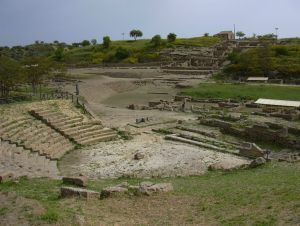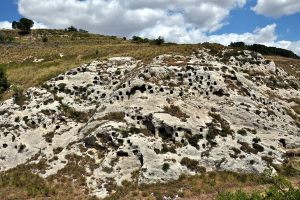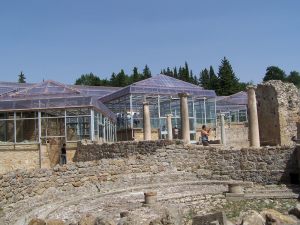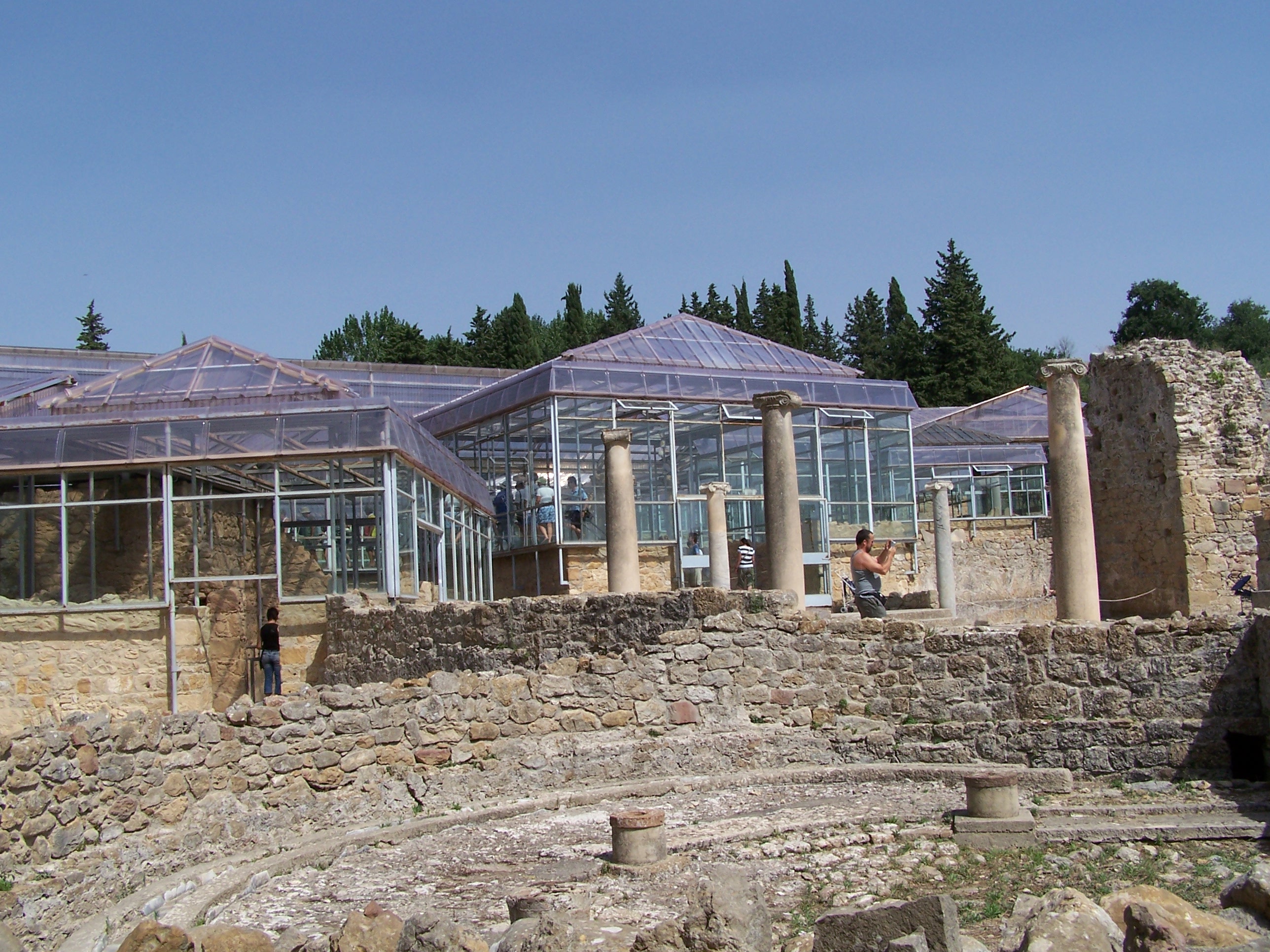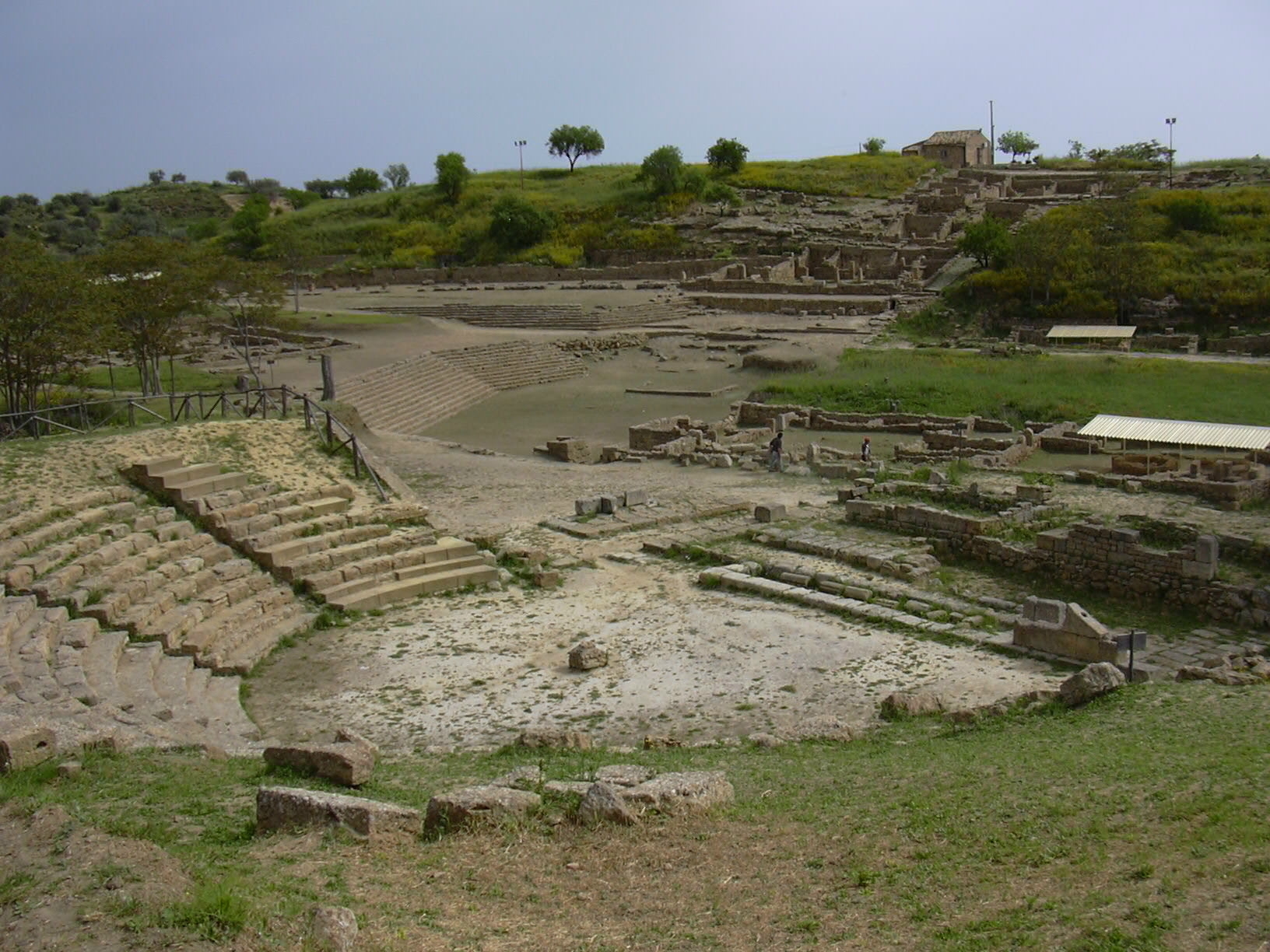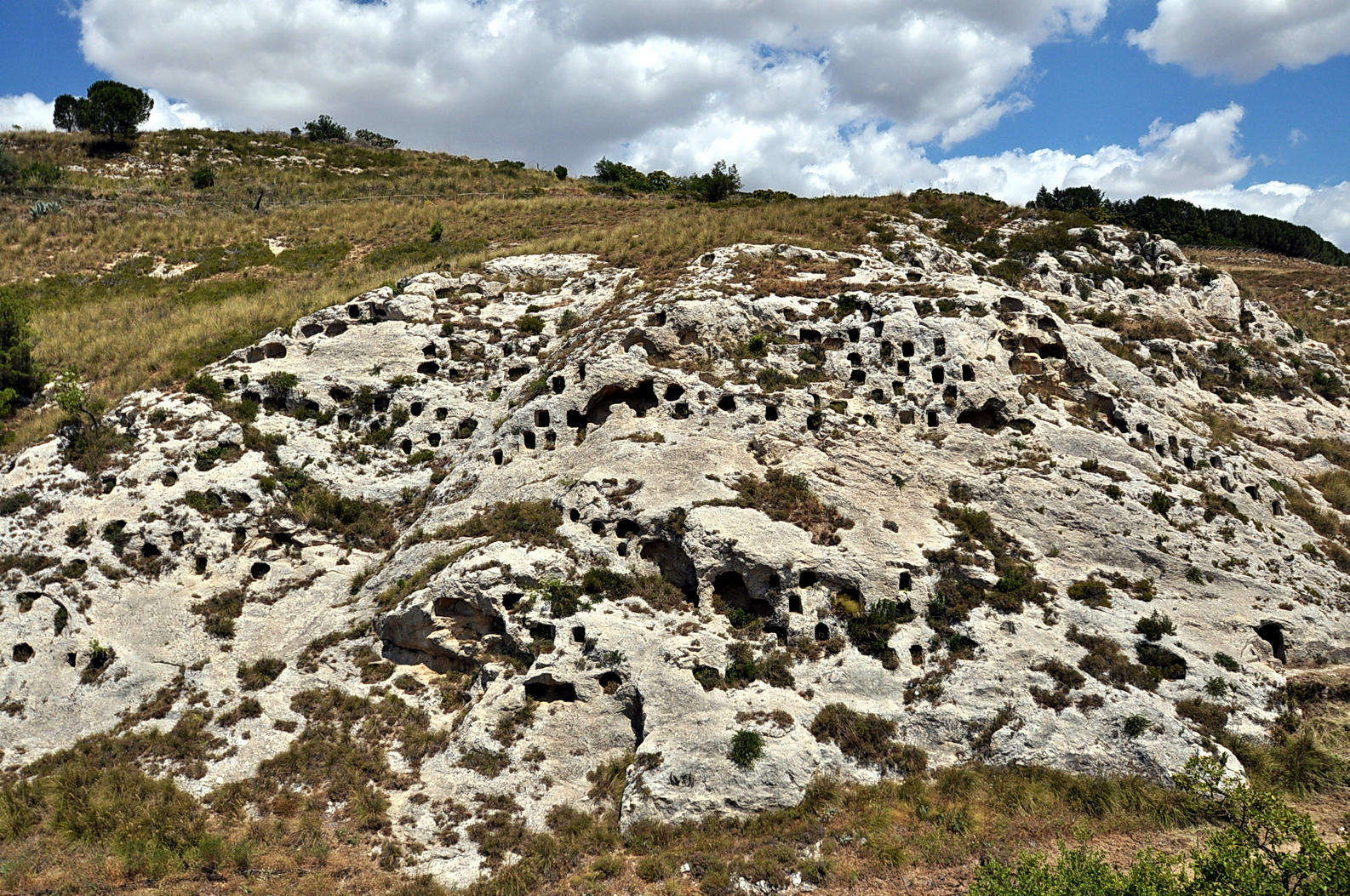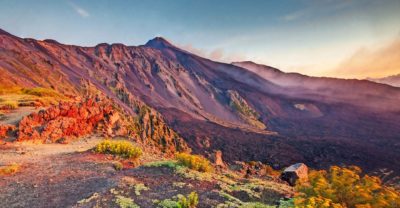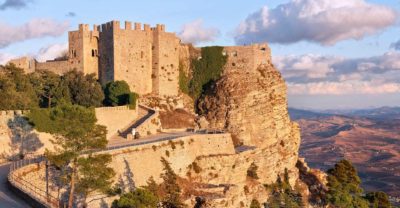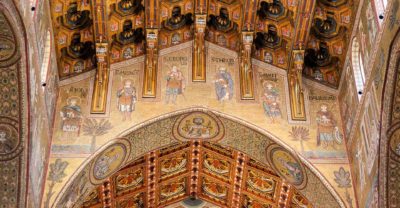Archeological sites
Enna
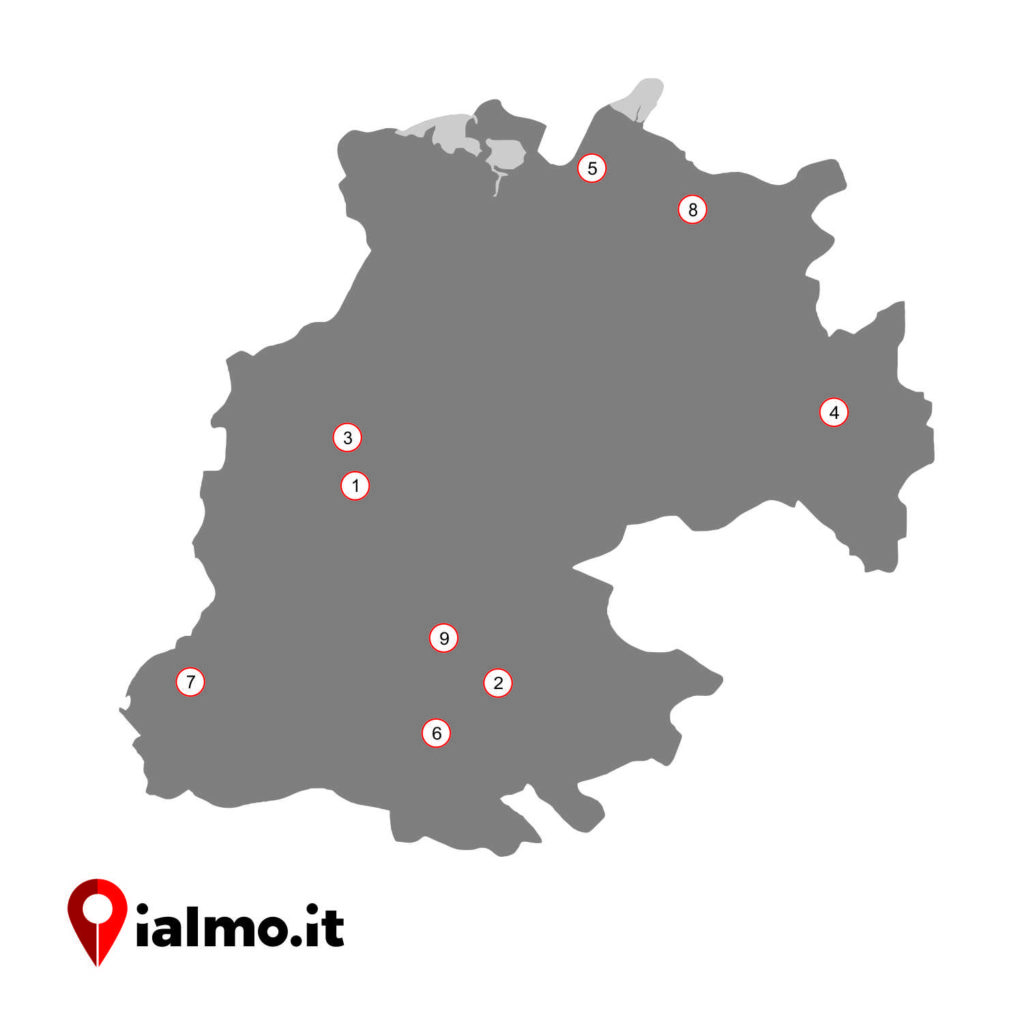
Rocca di Cerere, Enna: not far from the Castle of Lombardy stands the Rocca di Cerere built in the direction of the rising sun. Since the first settlement of the fourteenth century BC It was a place of worship and became an integral part of the nearby sanctuary: one can still see the sacrificial altar used for over a thousand years by Sicans, Greeks and Romans, for the cult of the goddess of the harvest, Demeter or Ceres.
City of Morgantina, Aidone: In the surroundings of Aidone, the archaeological site of Morgantina is of great value, collecting finds and ruins of the ancient Sicilian-Greek city. The city was brought to light in the fall of 1955 by archaeologists from the University of Princeton (United States). The excavations testify to the development of the settlement, from prehistory to Roman times. The area, over twenty hectares, preserves remains from the middle of the V to the end of the first century BC, the heyday of the city. From this site come exceptional archaeological finds such as the Venus of Morgantina (kept at the archaeological museum of Aidone) and the Treasury of Morgantina. The ancient city stood on a plateau and controlled a large area, bounded on the north by the Madonie and Etna, to the south and west by the southern Erei, on the east by the Ionian Sea and was an obligatory passage for all those who proceeded from the east coast towards the interior of the island. The remains were first identified by the archaeologist Paolo Orsi at the end of the nineteenth century. Initially the city was identified with Herbita but the discovery of some bronze coins and some information reported from the sources allowed shortly after the exact identification with the ancient Morgantina. In the enclosed area of the Hellenistic city rimangon: several public buildings, arranged around the square of the Agora, the prytaneum, the ekklesiasterion, the double “sanctuary of the Agora”, the public granary, the “Great Furnace”, the theater or koilon, the Roman slaughterhouse and rich dwelling, adorned with mosaics (houses “of the Capitello dorico”, “of the Mosaico di Ganimede”, “of the Cisterna ad arco”, “delle Antefisse”, “dei Capitelli tuscanici”, “del Magistrato”, and again, the “Casa Fontana” and the “Casa sud-est”).
Necropolis of Realmese, Calascibetta: located three kilometers from Calascibetta, the Necropolis of Realmese is an archaeological site referable to the Iron Age (between the ninth and sixth centuries BC). Thanks to its 288 grotticella tombs, the site is one of the best preserved Pantalican necropolises. The Byzantine village Canalotto, a rock settlement testifying the Byzantine domination before and then in the Sicilian territory, is still worth mentioning 4 km from the town. The site is composed of a series of rooms dug into the rock on which stand out the Byzantine churches with their colombarium, the millstones and the village itself.
Centuripe archaeological sites, Centuripe: the territory is dotted with important archaeological sites dating back to the Roman domination, such as the Corradino Castle (2nd century BC work improperly called a castle and corresponding to a square tower) and the Temple of the Augustales, Imperial era (I / II century AD). Archaeologists have also discovered during the excavations monumental tower tombs: the so-called Dogma is a good example. In the urban center we point out a Hellenistic-Roman center with walls, inhabited area and furnaces; the Church of the Crucifix and the Dogana, a Roman-imperial fountain-cistern. Below is a list of the other archaeological sites in the municipal area: Zona Acqua Amara (thermal remains of the Hellenistic-Roman age); Sorgiva Bagni (thermal remains of the Roman age); Contrada Agliastrello (remains of inhabited area); Contrada Bagni (Hellenistic Necropolis); Contrada Casino (Necropolis from the Iron Age); Contrada Cuba in Muglia (settlement and necropolis of prehistoric times from the Neolithic age to the ancient Bronze Age); Contrada Difesa (large furnaces for ceramics); Contrada Piano Pozzi (remains of inhabited and south-eastern Hellenistic necropolis); Contrada Biliuzzo (Hellenistic necropolis); Fraction Carcaci (rupestrian necropolis, remains of the Bronze Age and structures of the Roman age); Castellaccio (Hellenistic furnace and remains of a medieval castle); Monte Calvario (remains of inhabited area); Fondo Castiglione (embankment wall); Fondo Testai (ancient cistern); Vallone Gelso (remains of inhabited area, necropolis from the 8th century BC to the Hellenistic period); Monte Porcello (remains of Greek-Hellenistic settlement); Barbagallo Mill (monumental complex, ancient seat of the “Augustali” with marble statues of Augustus, Drusus, etc.); Panneria (Roman house); Piano Capitano (a vast necropolis from the 8th century BC to the Hellenistic period); Strada Comunale Panaria (House of masks and remains of inhabited area); Defense Valley (location of the ancient gymnasium).
Cerami Castle, Cerami: of the ancient Castle today you can admire only the excavations in the rock, a cistern on top of the rock and the remains of the pavements made with river pebbles. The remains of a rock necropolis dating back to between the 4th and 2nd centuries BC can still be seen in Cerami
Villa del Casale, Piazza Armerina: it was built between the 3rd and 4th century AD in late Roman imperial times. Archaeologists have discovered, in its forty rooms, magnificent mosaic decorations on all the floors that show hunting scenes but especially women in the bathroom who wear what is considered a true precursor of the bikini. Since 1997 the Villa is a UNESCO World Heritage Site. Other important archaeological sites to be pointed out in Piazza Armerina are: the March Mountain, it is the remains of an ancient city dating back to the Greek-indigenous period (VII century BC) and that, also frequented during the Roman period and up to the Middle Ages , houses a large necropolis and the site of Solfiana where the excavations have returned architectures (the domus gentilizia, the thermal plant and, in the necropolis, the basilica) and materials that confirm the frequentation of the territory from the Archaic period (VI century BC ) up to that federiciana, around two thousand years.
Roman mansion of Contrada Runzi, Pietraperzia: despite being an important archaeological site, the Roman Mansio of Contrada Runzi is not very publicized and just as little known by archeology enthusiasts. The site is currently being set up and the municipality is working on a new excavation campaign, as evidence of settlements dating back to the ancient times has emerged throughout the area. Another important site to mention is that existing in the locality of Tornambé-Mercato d’Arrigo where a fortress partly carved in stone has returned ceramics referable to the culture of Castelluccio.
Troina, Troina archaeological area: scholars believe that the ancient city of Engyon, famous for the temple dedicated to the cult of the mothers goddesses, is located in the archaeological area of Troina, which also houses the remains of the Catena church, built on a pre-existing Roman baths.
Monte Rossomanno, Valguarnera Caropepe: 3 km from the town, the hills of Monte Rossomano, of sandstone and river origin, preserve many testimonies of the pre-archaic period, such as the small niche tombs carved into the sandstone rock. On the top of Rossomanno were also found pots of red and black pottery without a figure, typical of the early Greek period, and tips of spears and arrows. Again in Valguarnera Caropepe between 1992 and 1998 excavations were carried out in the archaeological area of C.da Marcato.
